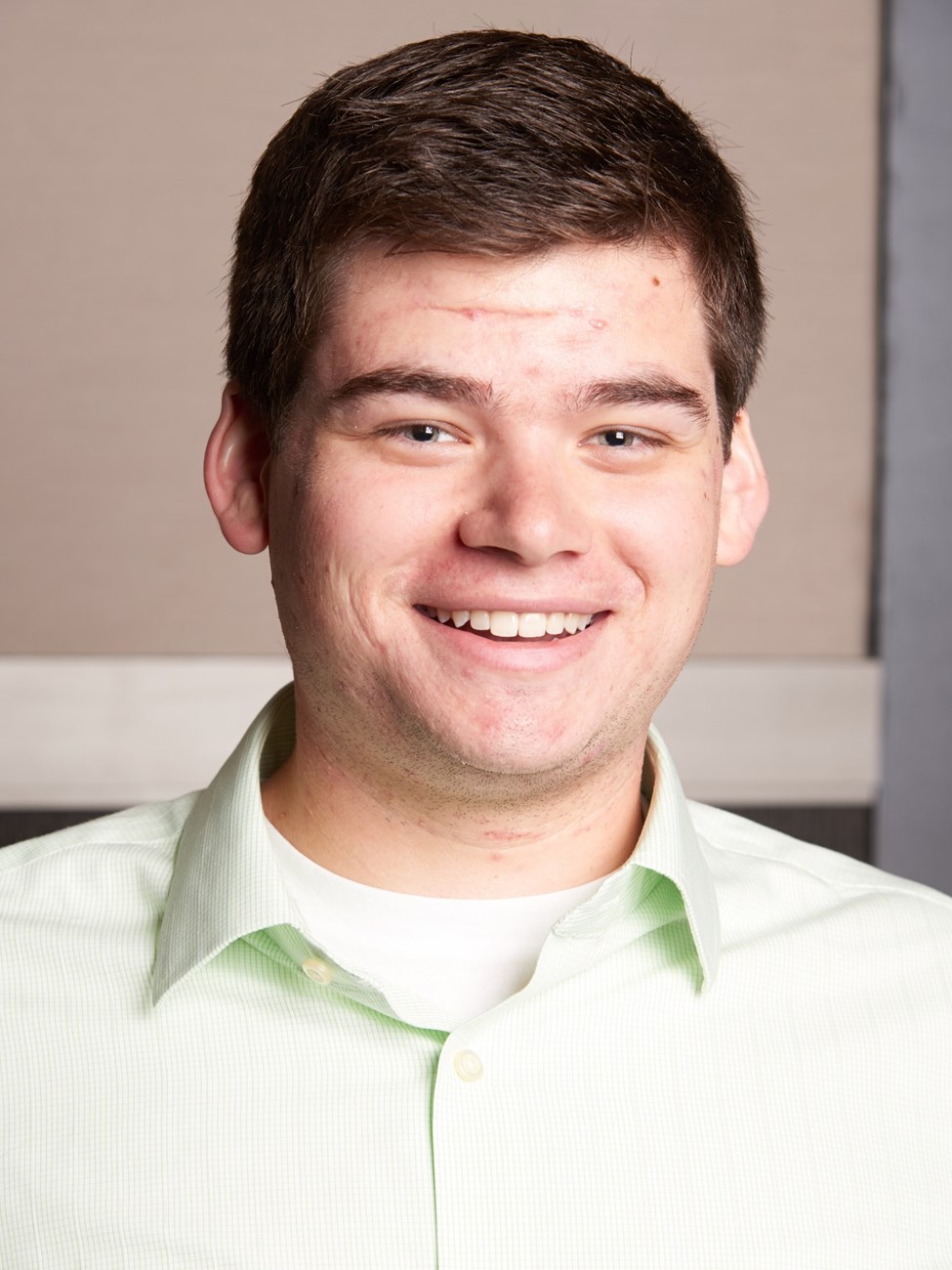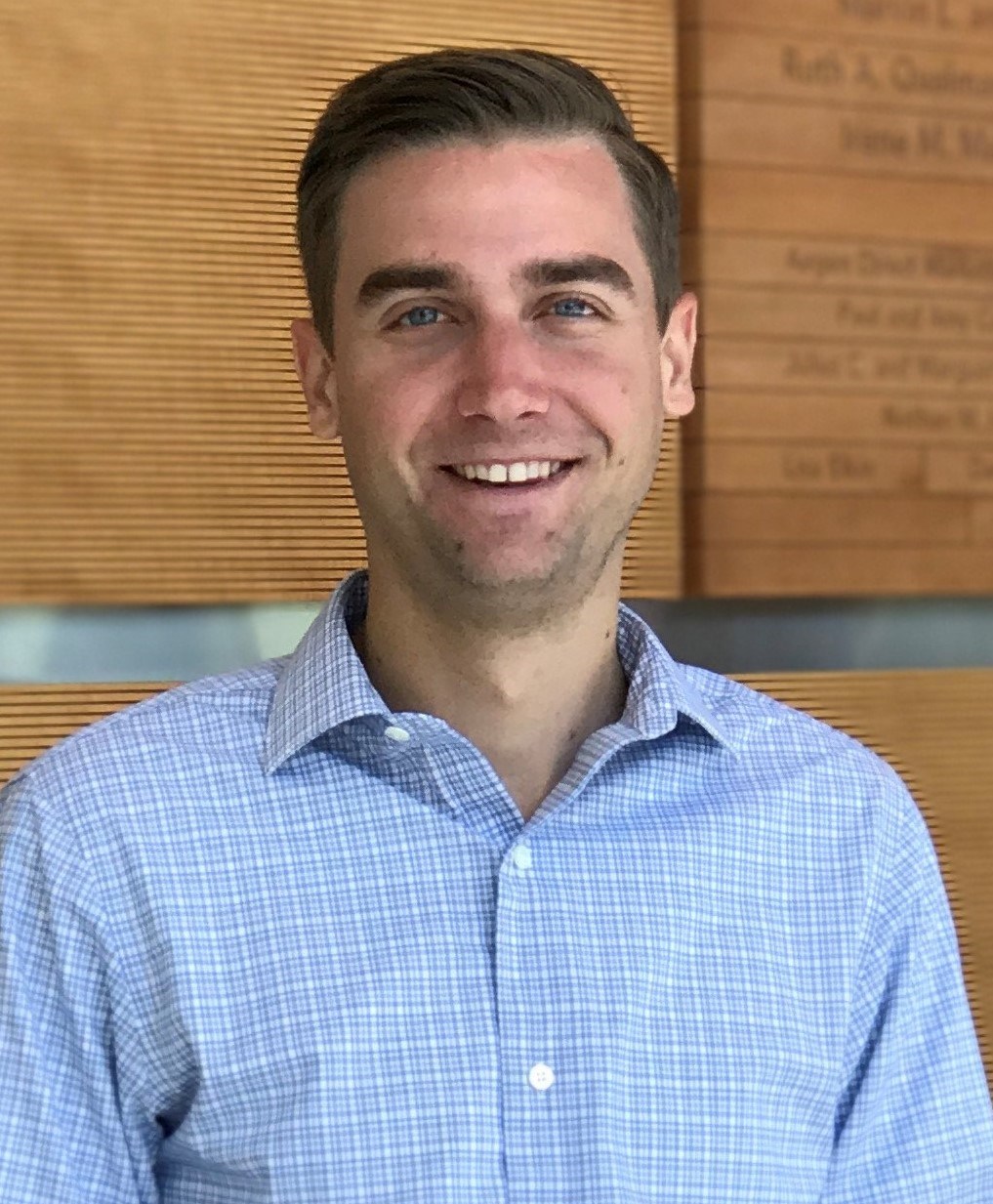Medical Physics Seminar – Monday, January 29, 2018
Quantifying Ventilation Change Due to Radiation Therapy Using 4DCT Jacobian Calculations

Taylor Patton (student of Dr. John Bayouth)
Research Assistant, Department of Medical Physics, UW-School of Medicine & Public Health, Madison, WI - USA
Regional ventilation and its response to radiation dose can be estimated using four-dimensional computed tomography (4DCT) and image registration. Significant ventilation reductions were measured after radiation therapy (RT) treatments, and were dependent on the dose delivered to the tissue and the pre-RT ventilation of the tissue. Ventilation reductions can be modeled and used in the treatment planning process to potentially limit the decline in pulmonary function due to radiation therapy.
An Ultrasound-Based Motion Management System Utilizing 2D/3D Real-Time Tracking for Use in Radiotherapy

Andrew Shepard (student of Dr. Bryan Bednarz)
Research Assistant, Department of Medical Physics, UW-School of Medicine & Public Health, Madison, WI - USA
Intrafractional motion management techniques in clinical radiotherapy have become increasingly relevant in the effective delivery of patient treatments. Such techniques can help account for large positional variations of key structures, and can ultimately lead to more accurate plan delivery with decreased margins. While image acquisition is important, the ultimate success of a motion management solution is dependent upon the ability of the associated algorithm to quickly and accurately identify or track relevant structures. With both accuracy and speed in mind, this talk outlines the development of a real-time 2D/3D algorithm for the tracking of liver vessels in the scope of an ultrasound-based motion management system. The algorithm is based upon block matching principles and utilizes multiple simultaneous templates to create a robust framework that helps mitigate common pitfalls of long term tracking, such as contour drift. Key features contributing to the algorithm accuracy and speed, as well as initial investigations into linac integration, will be discussed.